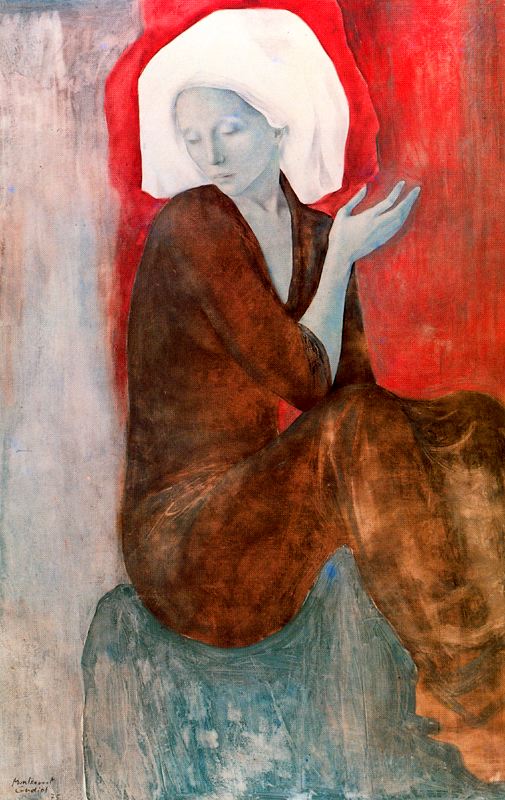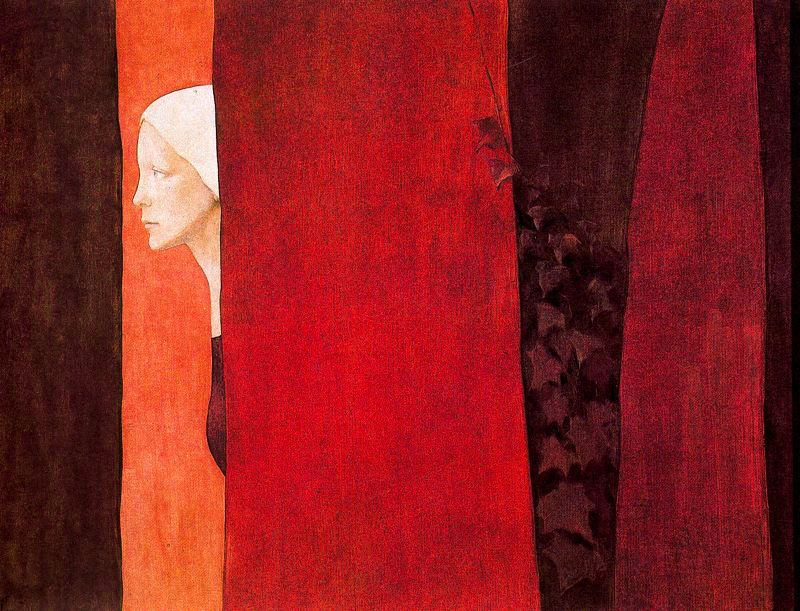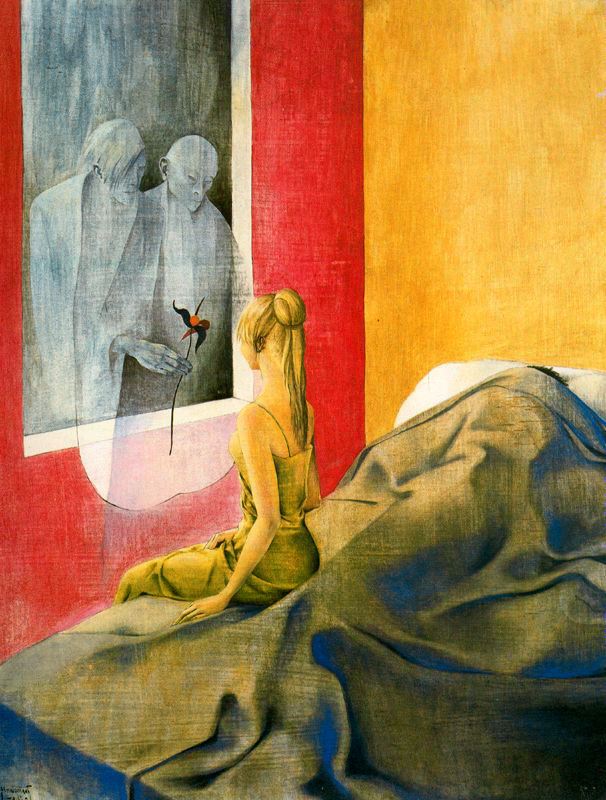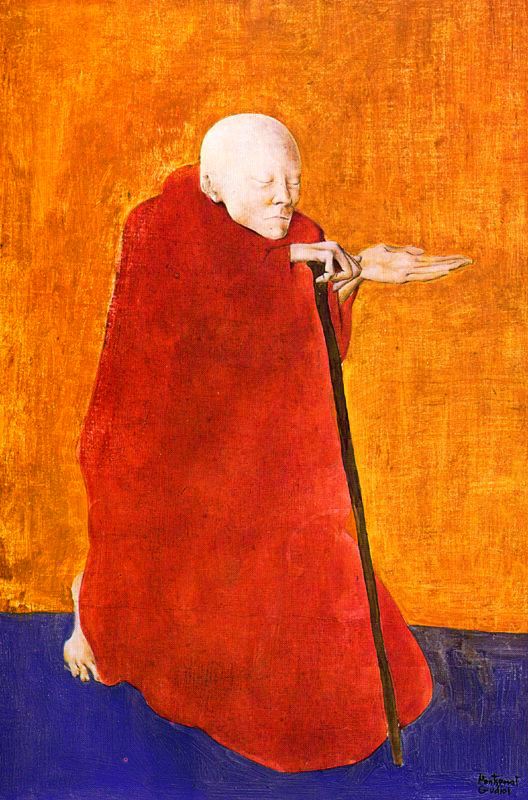"I'll be right there, behind you. You will have no need to look back."
2 Guys, 1 Water Bottle - 06.24.18
It's Sunday. I'm up at 10am, reluctant to roll off these silk cases.
What to do, what to do...
Coffee!
After watering all of the house plants and doing some laundry, I head to my favorite coffee shop in town, Black Owl, to order up the usual -- double shot of espresso + some sort of egg dish. I score a window seat to watch the clouds roll over the mountains as I work on my to-do list.
^ the usual ^
Check, check, check.
Checklist completely checked. At this point I've transitioned to online shopping and somehow convinced myself to sign up for a GQ subscription. Admittedly I love their design aesthetic and need inspiration so shh - it was only $15. "WTF am I doing, I need to do something that doesn't involve staring at a computer screen"
*great friend enters stage left*
Me: Hey! What are you doing today?
Friend (Jason): I've got the day off, thinking about a hike.
Me: *Shamelessly dictates the hiking location* Awesome, we should head to Adams Gulch or Greenhorn! Spoiler -- we landed on Greenhorn Gulch.
You get the picture. I manifested a hiking buddy like a boss.
Speaking of pictures: I took this picture 2 years ago today (June 26th). This was shot a few days after my last Greenhorn hiking adventure.
Looking back at these older photos, I saw that I had worn the same New Balance sneakers as I did this time around! (terrible hiking shoe, do not suggest 0/10)
The Collection
Ok, so now that you know how the morning started, please enjoy the following photos. Note that we started the day at around 1:30. Our "simple hike" transformed into a 6 hour adventure.
The above shot was taken about 30 minutes into our hike. We were considering another 45 minutes tops (lol). See the badass peak in the background? That's Mahoney Butte. It looks approachable from afar...that is where we were mistaken. Should have read about the ascent before we started. Psh..who needs books though?
45 minutes later.
We were literally guided to this flower garden by a deer and a number of chipmunks.
Currently 2 hours into our hike. Selfie time?
I remember at this point saying "Wow Jason, we're almost there!" In fact it was another hour to summit. In my New Balance sneakers. Meanwhile Jason was running up the hill like a gazelle.
Closer...
Getting there...
Stunning views
Impromptu rope-free climbing
Catching those snow peak views.
We found this frog
during a rock climbing section (roughly 7,500ft elevation at this point). The flowers following were nearby. Life has an extraordinary ability to survive no matter the conditions.
The summit is at the top right of this photo. Another 10 minutes or so to go!
We have had a number of notable fires in the past few years. I love the contrast of the lush green around the blackened trees.
At the Summit
Finally! My feet were singing with happiness. Time for a well deserved break.
Current time: 4:18pm.
The Descent
We chilled at the top chatting and watching butterflies for another 30 minutes before beginning our journey downward. What you will not see is the rock climbing sections Jason dragged me into. There was a spot in particular that I had to give up on due to not having the reach to get around an obstacle. The fear also started to seep into my bloodstream so there was that, too. Here are a series of photos from our path back to civilaztion.
Thank God.
After 6 hours, we made it back to the man made trail system!
This river could not have come at a better time. My toes had been banging the front of my shoe for a solid 2 hours. I was apprehensive to take them off for fear that they were not a sight to behold. Thankfully, everything was okay.
The final shot of the day
About 3 minutes from the parking lot. I started the day with the intention of doing nothing particularly extreme considering the day prior, I rode about 40 miles around the valley. But the universe totally treated us to something special and unforgettable. We finished with just enough water and energy but an abundance of smiles.
Thank you for viewing :) If you're interested in this hike, check out the following link:
https://www.summitpost.org/mahoney-butte/153947
Carlo Maratta - Adoration of the Magi in Garland
Carlo Maratta or Maratti (13 May 1625 – 15 December 1713) was an Italian painter, active mostly in Rome, and known principally for his classicizing paintings executed in a Late Baroque Classical manner. Although he is part of the classical tradition stemming from Raphael, he was not exempt from the influence of Baroque painting and particularly in his use of colour. His contemporary and friend, Giovanni Bellori, wrote an early biography on Maratta.
Born in Camerano (Marche), then part of the Papal States, he went to Rome in 1636, accompanied by, Don Corintio Benicampi, secretary to Taddeo Barberini. He became an apprentice in the studio of Andrea Sacchi. It was at this time that the debate between Sacchi and Pietro da Cortona took place at the Accademia di San Luca, the artists academy in Rome. Sacchi argued that paintings should only have a few figures which should express the narrative whereas Cortona countered that a greater number of figures allowed for the development of sub themes.
Sir Lawrence Alma-Tadema - A Coign of Vantage
“Sir Lawrence Alma-Tadema, born Lourens Alma Tadema (8 January 1836 – 25 June 1912) was a Frisian painter of special British denizenship. Born in Dronrijp, the Netherlands, and trained at the Royal Academy of Antwerp, Belgium, he settled in England in 1870 and spent the rest of his life there. A classical-subject painter, he became famous for his depictions of the luxury and decadence of the Roman Empire, with languorous figures set in fabulous marbled interiors or against a backdrop of dazzling blue Mediterranean Sea and sky. Though admired during his lifetime for his draftsmanship and depictions of Classical antiquity, his work fell into disrepute after his death, and only since the 1960s has it been re-evaluated for its importance within nineteenth-century English art.”
Montserrat Gudiol Corominas
Maurits Cornelis Escher
“Maurits Cornelis Escher (17 June 1898 – 27 March 1972) was a Dutch graphic artist known for his mathematically inspired woodcuts, lithographs, and mezzotints. Early in his career he drew inspiration from nature, making careful studies of insects, landscapes, and plants such as lichens, all of which he reused as details in his artworks. He travelled in Italy and Spain, sketching buildings, townscapes, architecture and the complex tilings of the Alhambra and La Mezquita, Cordoba, and becoming steadily more interested in their mathematical structure.”
Herbert James Draper - Potpourri
“Herbert James Draper (November 1863 (or 1864) – 22 September 1920) was an English Classicist painter whose career began in the Victorian era and extended through the first two decades of the 20th century. Born in London, the son of a jeweller named Henry Draper and his wife Emma, he was educated at Bruce Castle School in Tottenham and then went on to study art at the Royal Academy. He undertook several educational trips to Rome and Paris between 1888 and 1892, having won the Royal Academy Gold Medal and Traveling Studentship in 1889.”
Unknown Artist - Penelope Cruz
Beautiful painting of the lovely Penelope Cruz.
Oscar Demejo
“Born in Trieste, Italy in 1911, De Mejo had degrees in both Law and Political Science. A believer in the occult and in particularly the I Ching, he even chose his art dealer, Ken Nahan, according to the I Ching’s advice. De Mejo’s one constant obsession since boyhood had been painting. After World War II, he married the movie star Alida Valli, and they came to the United States. After a stint as a jazz composer, De Mejo finally returned to his first love - painting.”
Eduardo Naranjo
“Eduardo Naranjo is a celebrated Spanish painter, born in 1944 in Monesterio, in the province of Badajoz, Extremadura, Spain. His work is considered part of the ‘Neo -Realism’ trend of Spanish art. In 1957 he met his teacher Eduardo Acosta and entered the School of Arts and Crafts, where he remained until 1960. That same year he entered the School of Fine Arts of St. Elizabeth of Hungary. He moved to study at the School of Fine Arts of San Fernando in Madrid in 1961, where he studied painting.”
Jeffrey Smart
“Frank Jeffrey Edson Smart, AO (26 July 1921 – 20 June 2013) was an expatriate Australian painter known for his precisionist depictions of urban landscapes. Smart was born and educated in Adelaide where he worked as an Art teacher. After departing for Europe in 1948 he studied in Paris at La Grande Chaumière, and later at the Académie Montmartre under Fernand Léger. He returned to Australia 1951, living in Sydney, and began exhibiting frequently in 1957. In 1963, he moved to Italy, and in 1971 after a successful exhibition in London, bought “Posticcia Nuova” near Arezzo in Tuscany where he resided with his partner until his death.”
Jack Vettriano
“Jack Vettriano, born Jack Hoggan (born 17 November 1951), is a Scottish painter. His 1992 painting, The Singing Butler, became a best selling image in Britain. Jack Vettriano grew up in the industrial seaside town of Methil, Fife. He was raised in poverty with his mother and father and older brother, in a spartan miner’s cottage, sharing a bed with his brother and wearing hand-me-down clothes. From the age of 10, his father sent him out delivering papers and milk, cleaning windows, picking potatoes and any job that would earn money. His father took half his earnings.”
Jaime Lorente
“Spanish painter, born in Madrid in 1956. Artistically trained at the school of fine arts in Madrid, he obtained a degree from the Complutense University. In 1983 he received a fellowship from the Ministry of culture and in 1985 was awarded in the sample of young art from the Institute of youth. In 1990 he received the scholarship for artistic creation Banesto.
At the start of his career his works were characterized by accurate invoice, base their work drawings. Subsequently he made landscapes of large format in which some organic elements were. It evolved into an object-based approach painting using funds from Cork or glass and steel on which displayed a line of uniform thickness (maps or routes), more and more away from direct intervention and close to a hardening of the plastic language.In 1991 he presented his most famous work, different views of your own Studio-based photographs accompanied by a notarial certificate which specifies what the image contains.”
J. M. W. Turner
“Joseph Mallord William Turner, RA (baptized 14 May 1775 – 19 December 1851) was an English Romanticist landscape painter. Turner was considered a controversial figure in his day, but is now regarded as the artist who elevated landscape painting to an eminence rivaling history painting. Although renowned for his oil paintings, Turner is also one of the greatest masters of British watercolour landscape painting. He is commonly known as “the painter of light” and his work is regarded as a Romantic preface to Impressionism.”
Keith Parkinson - First Spell
“Keith A. Parkinson (October 22, 1958 – October 26, 2005) was an American fantasy artist and illustrator known for book covers and artwork for games such as EverQuest, Guardians, Magic: The Gathering, and Vanguard: Saga of Heroes. After designing book and magazine covers for TSR, Parkinson moved into game design in the 1990s, and co-designed the award-winning collectible card game Guardians. Parkinson died of leukemia in 2005, just after his 47th birthday.”
Lisa Milroy
“Lisa Milroy RA (born 19 January 1959 in Vancouver, British Columbia) is an Anglo-Canadian artist known for her still life paintings of everyday objects placed in lines or patterns. She has also produced a number of different series including landscapes, buildings, portraits and geishas in incongruous settings.”
Pablo Picasso
“Pablo Ruiz y Picasso, also known as Pablo Picasso (25 October 1881 – 8 April 1973), was a Spanish painter, sculptor, printmaker, ceramicist, stage designer, poet and playwright who spent most of his adult life in France. As one of the greatest and most influential artists of the 20th century, he is known for co-founding the Cubist movement, the invention of constructed sculpture, the co-invention of collage, and for the wide variety of styles that he helped develop and explore.”
Xavier Valls - Unknown Title
“Xavier Valls (1923-2006) was a Spanish painter who lived in Paris most of his life. He specialized in still life. His work can be found in museums in Spain. He was the father of French Prime Minister Manuel Valls.”
Nicolas Tournier - Robert Count Ferdinand Adolf Von Plettenberg And His Family
“Nicolas Tournier (baptized 12 July 1590 – d. before February 1639) was a French Baroque painter. Born in Montbéliard, he followed the profession of his father, André Tournier, “a Protestant painter from Besançon”. Little is known of his life before his arrival in Rome, where he worked between 1619 and 1626, and where he was influenced by the work of Caravaggio. According to one early source, he was a pupil of Valentin de Boulogne. Tournier’s Roman paintings are stylistically close to the works of Bartolomeo Manfredi. He painted both secular and religious subjects.”
Fernando Gallego - Epiphany
“Fernando Gallego (c. 1440 – 1507) was a Spanish painter, and his art is generally regarded as Hispano-Flemish in style. Gallego was likely born in Salamanca, Spain, and worked throughout Castile and Extremadura, most notably in Ciudad Rodrigo, Plasencia, Toro, and Zamora. Much of his biography has been traced through attributions of his work, but few details are known. The last time he was referred to in a document which implied he was still alive was in 1507, but the date of his death is unknown.”


















































